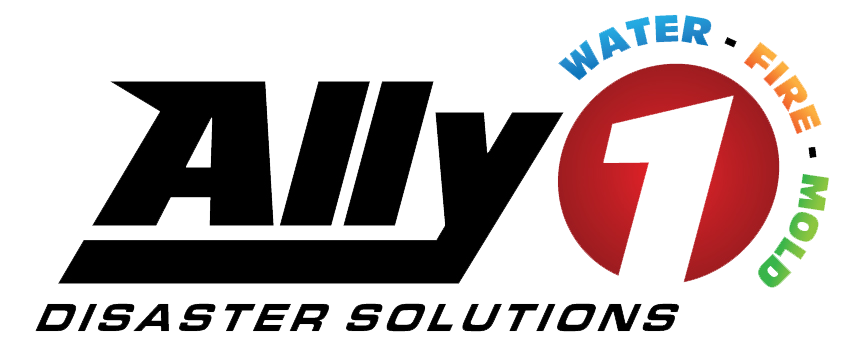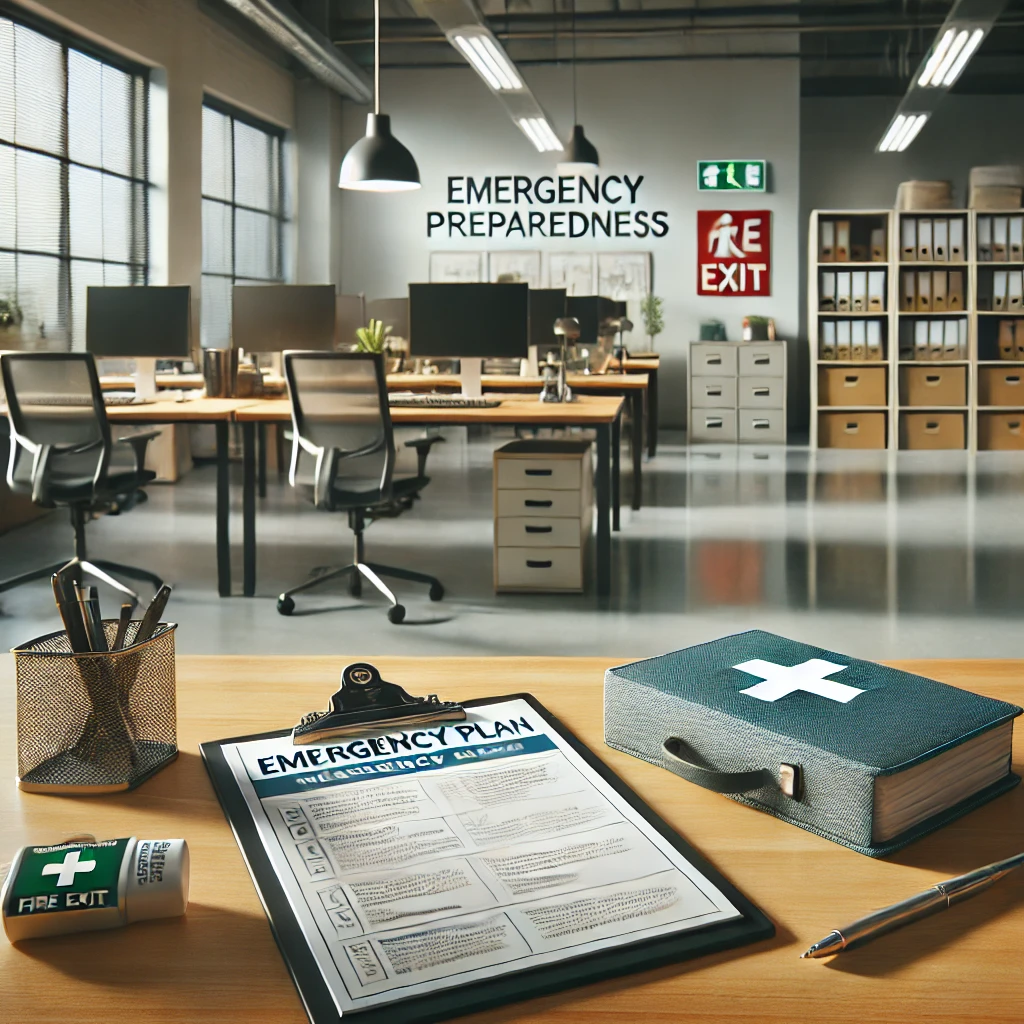When emergencies strike—whether it’s a flood, fire, earthquake, or other unexpected event—the chaos that follows can catch any business off guard. While we often think of emergency plans as something for homes, having a well-thought-out plan for your physical business and employees is crucial for a safe and effective response. Let’s walk through why an emergency plan matters, what it should cover, and how it can protect both your team and your assets.
Why Every Business Needs an Emergency Plan
In a crisis, every second counts. A well-prepared business can minimize disruptions, protect lives, and quickly resume operations after the immediate danger has passed. Without a plan, confusion, injuries, and costly damage can follow. FEMA’s guidance on business continuity highlights the importance of being prepared for various scenarios that could disrupt daily operations.
But an emergency plan isn’t just about the building or equipment—it’s about your people. Employees need to know exactly what to do if a fire alarm sounds, the power goes out, or a storm is on the horizon. By having a plan in place, you can provide peace of mind and establish clear protocols that keep everyone safe and on the same page. For more insights, the Occupational Safety and Health Administration (OSHA) offers a comprehensive overview of workplace safety during emergencies.
Key Elements of a Business Emergency Plan
So, what exactly should a business emergency plan include? Let’s break it down.
1. Risk Assessment
First, identify the risks that are most likely to affect your business. Are you in an area prone to hurricanes, earthquakes, or wildfires? Take note of the specific vulnerabilities of your location and facility. Ready.gov offers guidance on business continuity planning and assessing risks to keep operations running.
2. Evacuation Routes and Assembly Points
Every business should have clear, posted evacuation routes and designated assembly points. Employees need to know where to go in case of a fire or other immediate danger. If possible, schedule practice drills so everyone knows the quickest way out and where to gather safely.
3. Communication Plan
In an emergency, communication is everything. Establish a communication protocol that includes emergency contacts, a phone tree, or even a group messaging system to keep everyone informed. Consider how you’ll stay in touch if cell networks are down, and think about setting up an alternative, like a landline or radio system.
4. Employee Roles and Responsibilities
Assign roles ahead of time to ensure a smooth response. Some employees can help lead evacuation, while others might be responsible for communicating with emergency responders. Clear delegation of roles avoids confusion and ensures that critical tasks are covered.
5. First Aid and Emergency Kits
Ensure you have stocked first aid kits and emergency supplies, like flashlights, fire extinguishers, and water, in accessible areas. The Centers for Disease Control and Prevention (CDC) provides additional insights into health and safety in emergency situations, particularly for high-risk areas.
6. Employee Safety Training
Basic emergency training can go a long way. Teach employees how to use a fire extinguisher, perform basic first aid, and recognize symptoms of heat stroke or hypothermia. Familiarity with emergency procedures can prevent injuries and help everyone stay calm in a real crisis.
7. Data and Document Backup
Physical safety is paramount, but don’t overlook the importance of data security. Regularly back up crucial documents, customer records, and business information to the cloud or an offsite location. Consider establishing a protocol for shutting down computers and securing files during an evacuation.
8. Re-entry and Recovery Plans
After an emergency, returning to the building or restarting operations may take time. Outline a step-by-step plan for returning to normalcy, including building inspections, employee support, and necessary repairs. Having a roadmap for recovery makes the process smoother and helps employees and customers feel confident in your business’s resilience. Ally1 Disaster Solutions offers resources for disaster recovery and emergency preparedness to guide your recovery planning.
Is Your Team Ready? Testing Your Emergency Plan
An emergency plan isn’t “set it and forget it.” Once you’ve drafted your plan, test it. Conduct regular drills and adjust the plan as needed based on employee feedback and any operational changes in your business. Drills are especially important for businesses with high employee turnover, as they ensure new team members are equally prepared. For additional strategies on preparing your workplace, consider tips from the American Red Cross on emergency preparedness for businesses.
Benefits of a Comprehensive Emergency Plan
Having an emergency plan offers more than just protection during a disaster—it boosts morale, builds trust, and demonstrates your commitment to employee welfare. Here are some key benefits:
- Increased Employee Confidence: Employees feel valued and safe knowing their employer is prepared for emergencies.
- Reduced Business Downtime: A plan helps you get back to business faster by reducing confusion and preventing long-term damage.
- Compliance and Legal Protection: In some industries, having an emergency plan is required by law. Failing to prepare can expose a business to lawsuits or regulatory fines.
- Reputation Management: A quick, efficient response minimizes the impact of the emergency on your business’s reputation, which is especially important in customer-facing industries.
Getting Professional Help with Your Business Emergency Plan
Crafting a thorough, effective emergency plan can be daunting, especially if you’re new to disaster preparedness. Many businesses choose to work with disaster recovery and emergency planning professionals to make sure they’re fully covered. At Ally1 Disaster Solutions, we specialize in creating customized emergency response plans to suit any business, helping protect what matters most in the face of the unexpected.
By following these guidelines and preparing your team, you’ll be able to face any crisis with confidence and ensure your business can bounce back. So, does your business have an emergency plan? If not, there’s no better time to start!







